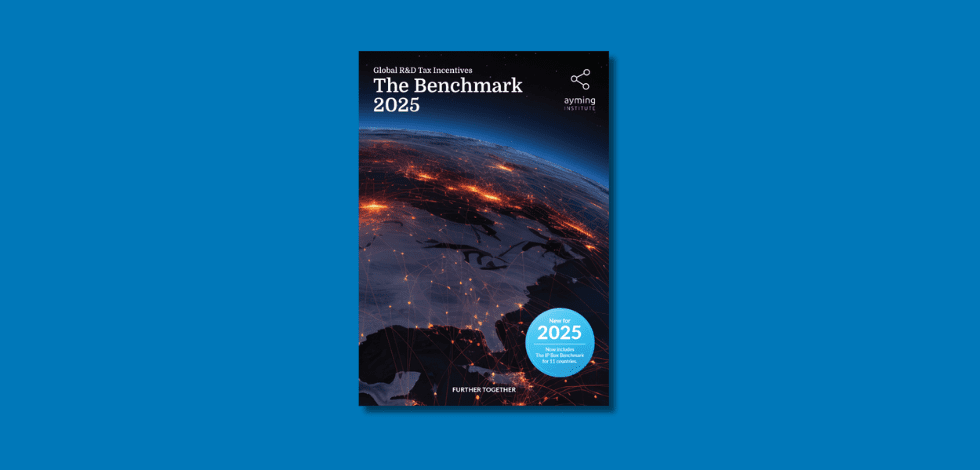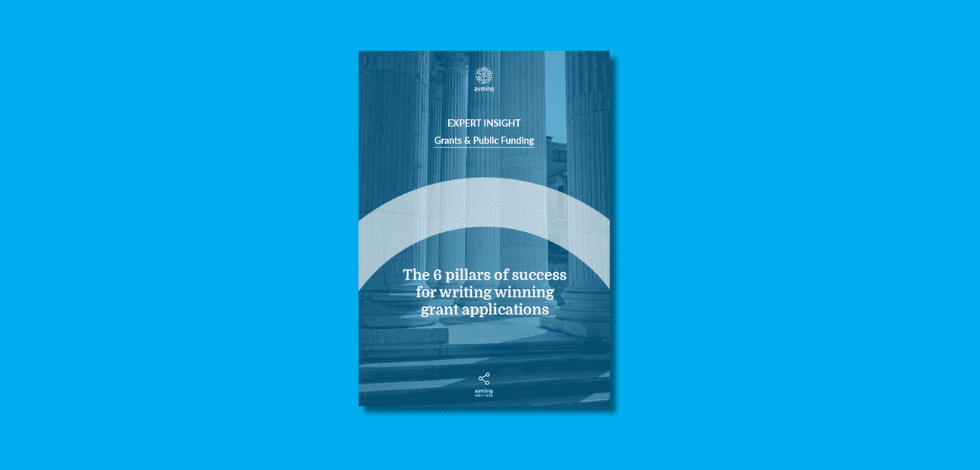On 22 November 2023, the Chancellor of the Exchequer, Jeremy Hunt, presented his Autumn Statement to the House of Commons. The accompanying documents contained a lot more detail around the proposed changes to R&D reliefs over the next year or so, and here is our explanation of what is happening and what it means.
Merged scheme confirmed
Following on from the announcement in the Budget, and the draft legislation published this summer, the Autumn Statement 2023 confirms that a merged scheme for R&D tax relief will be introduced. This will take effect for accounting periods beginning from 1 April 2024. This is being badged as a delay in implementation, since it was originally planned that the new scheme would take effect for expenditure incurred from 1 April 2024.
For businesses’ financial years ending at a time other than March, it will mean a slightly later commencement. It will also simplify the transition, since it will remove the need to apportion costs between old and new schemes for years spanning the transition. However, it’s not really delaying the commencement at all: legislation will still need to be in place to the same timescale as originally envisaged, and we maintain that there is not enough time to properly scrutinise and amend the legislation for that to work.
More beneficial effective rate for loss-making companies under the merged scheme
The notional tax deducted from the credit for loss-making companies will be lowered in the merged scheme. Under the current RDEC scheme, notional tax at the main Corporation Tax rate (25%) is deducted for loss makers before the RDEC is payable. Under the merged scheme, this deduction will be at 19%.
This makes sense, in that the interaction between the merged scheme and marginal relief means that a company with a small profit would pay tax at 19% on the credit. It did not make sense for a company in a loss-making position to lose out in comparison.
R&D intensive SME scheme going ahead – with some tweaks
Although the merged scheme is badged as a ‘simplification’ of the R&D reliefs, there will remain two separate, and functionally distinct, schemes in place. The existing SME scheme is being strictly limited, however, to only ‘R&D intensive’ SMEs. However, the threshold to qualify for that scheme is being reduced, from the proposed 40% of overall expenditure to 30%. Jeremy Hunt estimated that this will account for an additional 5,000 businesses becoming eligible.
In addition, there is a one year ‘grace period’ for companies that cease to qualify for the intensive scheme. In other words, a company that misses the threshold for one year will still be able to claim under the intensive scheme; only if it misses for two successive years will it fall out and have to claim under the common merged scheme. This is a welcome change.
Although these modifications are positive, there are still serious structural problems with the functioning of the intensive scheme. It will still be difficult for many businesses to know in advance whether they qualify. Moreover, the complexity of the interaction of this relief with other parts of the tax calculations means that the value of the relief is harder to predict. It’s therefore unclear how effective this scheme will be in encouraging additional levels of investment in R&D.
R&D claimants will no longer be able to nominate a third-party payee
A rather technical point here – from 1 April 2024, companies claiming R&D will no longer be able to nominate a third-party payee for R&D tax credit payments. Thus, payments of R&D tax relief can only be made directly to the company making the claim. This reduces the risk of abuse by some less reputable advisers, and ensures that the claiming company will receive the cash as soon as possible.
Treatment of subcontracting
One of the most complex and controversial aspects of the draft legislation was the treatment of subcontracting. This originally copied, almost verbatim, the current SME approach: broadly, that the ‘customer’ is able to claim. The justification here is that the person paying for R&D should be entitled to the relief. There are two problems with that:
- firstly, the current HMRC interpretation of that clause is extremely restrictive and subject to extensive litigation;
- secondly, that the ‘customer’ may not know or care whether R&D is required in fulfilling the contract.
Following extensive feedback by the industry, including my evidence to the House of Lords’ Finance Bill Subcommittee, the Government has rethought this approach. Instead, the intention is to target the relief at the company making the decision to undertake R&D. This is an eminently sensible approach; an incentive must incentivise the person who decides what to do! This will apply to both the merged scheme and the intensive scheme.
The Technical Note accompanying the Autumn Statement 2023 provides some explanation of how this will work. A company that has an R&D project, and which subcontracts part of that project, will be able to include the costs paid to that subcontractor in its claim. The subcontractor, however, will not be able to claim. Conversely, if a company contracts for something that is not R&D for the customer, then the contractor will be able to claim for R&D initiated by it.
Putting this new treatment into practice
Quite how that will work in practice remains to be seen. However, since the legislative clauses to enact this have not yet been published. I suspect that there will be situations where it is quite complex to determine which company ‘owns’ the R&D project, and hence is entitled to claim. It’s also possible that companies will start to redraft contracts to ensure they’re able to claim.
Inevitably, there are likely to be some winners and some losers from this policy. Companies which currently carry out R&D under contracts with large companies are currently able to claim RDEC, but in future they will not be able to. Instead, it will be the large company that is able to claim. Broadly, however, it seems that this approach is in line with the original intent of the SME legislation.
Treatment of subsidies
The Technical Note also contains a modification to the treatment of subsidies. Specifically, the proposed restrictions on claiming for subsidised expenditure have been removed, from both the merged and the intensive schemes. This was expected: the draft legislation contained a footnote that the restriction was being considered for removal.
This is a welcome change for the many businesses. Many were concerned about the over the precise circumstances under which the clause might apply. Furthermore, its removal is entirely logical, given the reasons for inclusion in the SME scheme (EU restrictions on State Aids) no longer apply to the merged scheme.
Closing the R&D review
The Government is bringing to a close its review (commenced in the Spring Budget 2021) of R&D reliefs. We hope that this will bring welcome stability to the schemes, which we feel strongly is important for businesses to factor them in to decision making. Hence with aid in maintaining their effectiveness as an incentive. However, we are concerned that the rush to conclude the review is leaving some areas still imperfect. There’s also a risk that those flaws might taint the overall effectiveness.
We would also encourage the Government to maintain oversight of the schemes, to monitor how well they function, both on a practical level and as an effective incentive for business.
Full expensing made permanent
One of the big announcements was that ‘full expensing’ will be made permanent. In other words, the 100% first year capital allowance (for certain qualifying plant and machinery), will now become permanent. In contrast, it was originally a temporary measure lasting until 2026.
This will be widely welcomed by businesses, particularly large ones who exceed the £1M Annual Investment Allowance. However, it does leave questions over how full expensing will interact with R&D reliefs, particularly in respect of intangible assets. This is especially interesting since the Research and Development Allowance is becoming increasingly irrelevant. It’s important that businesses things about how the different treatments of capitalised R&D costs will affect their tax positions. We recommend getting appropriate advice from a specialist like Ayming.
Find out more by watching our related free on-demand webinars:















No Comments